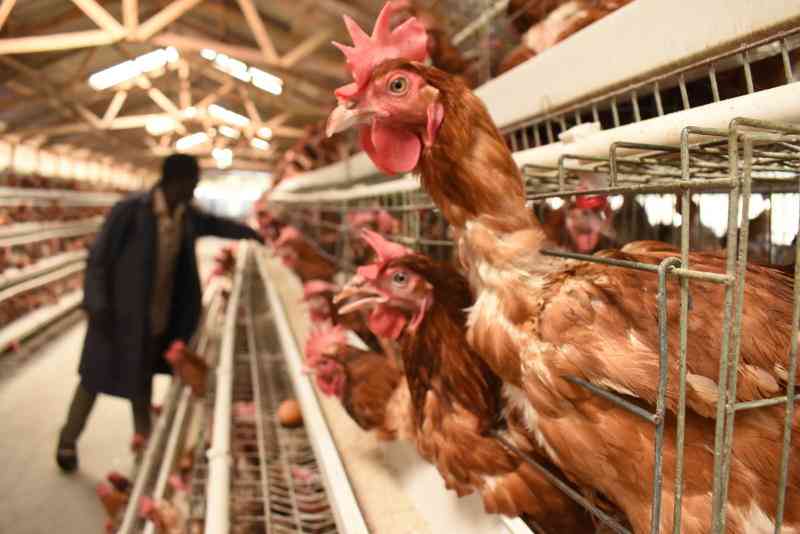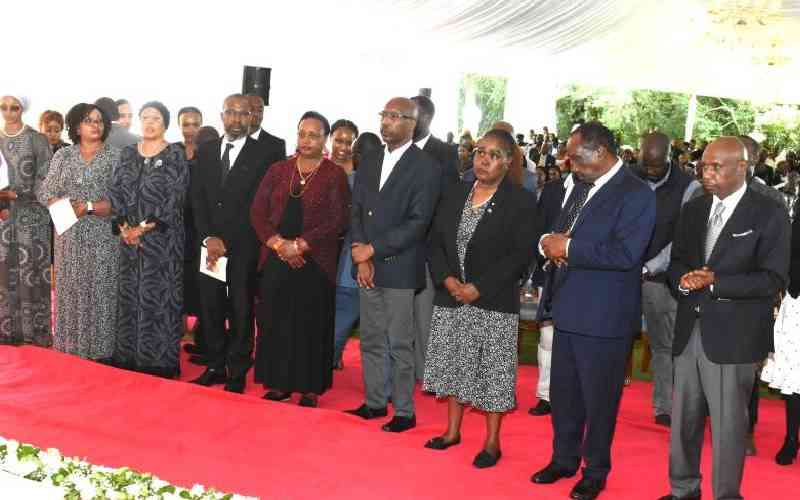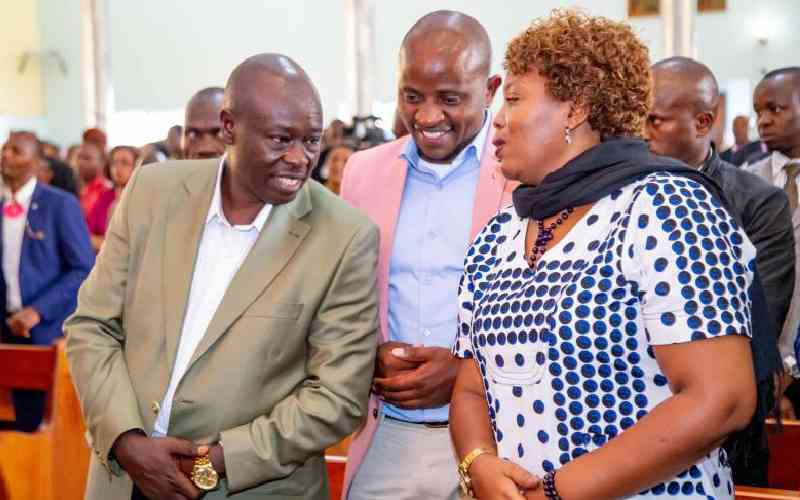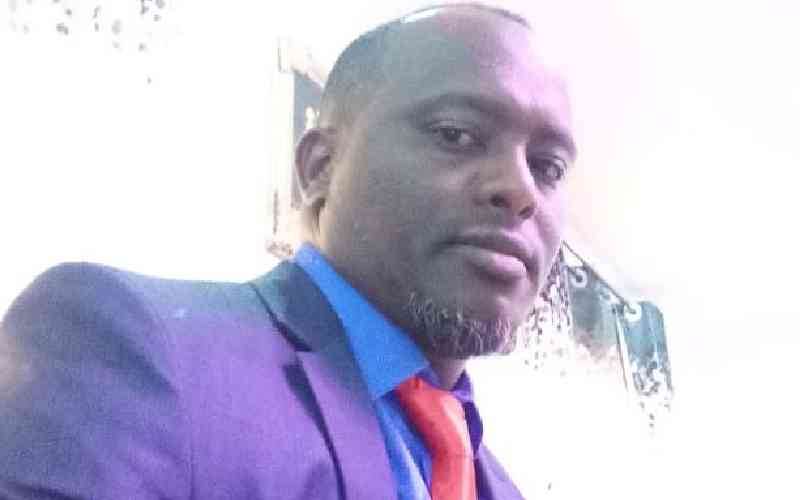In the wee hours of August 1, 1982, Kenyans woke up to a coup attempt by junior rebel officers of the Kenya Air Force against the government of retired President Daniel arap Moi. More than 100 soldiers and 200 civilians died. It lasted 12 hours with economic losses estimated at Sh500 million. Here is how the abortive coup changed Kenya:
1. Necks no longer ‘rinsed’
Kenya still has capital punishment as law. But the coup plotters, including Corporals Bramwel Injeni Njereman, Walter Odira Ojode, Charles Oriwa, Sergeant Joseph Ogidi and Snr Privates Pancras Oteyo Okumu and Hezekiah Ochuka Rabala, were the last to be hanged at Kamiti Maximum Prison in 1985.
2. Saluting new command chain
The Kenya Air Force was disbanded and clandestine security apparatus constituted under the Office of the President. ‘Kurutus’ were sourced from certain geographical regions, since the bulk of coup plotters were predominantly omeras and one murume.
3. The steely bowels of pain
The infamous torture chambers at Nyayo House became a waking nightmare as ‘dissidents’ were detained. Initially built as safes to store cash from Kenya Revenue Authority and passports, the vaults gradually turned into bowels of pain.
4. Chopping the ivory tower
A purge on university lecturers (diehards who taught Marxist ideolog) and radical students became the order of the day. Lecturers Maina wa Kinyatti, Alfred Vincent Otieno, Prof Edward Oyugi, Mukaru Ng’ang’a and Dr Willy Mutunga were arrested. So were Al-Amin Mazrui, Kamonji Wachira, Prof Micere Mugo and Dr Kimani Gecau, who fled to Zimbabwe. Isaac Ruto, Wachira Waruru, Shem Ochuodho, Oginga Ogego and Phillip Murgor were among students sent to the slammer. Sonu chairman Titus Adungosi was jailed for 10 years at Kamiti where he later died.
5. Rise of ‘Kenya Rungu’
Paranoia led to powerful police akin to the forces of Communist soviet union. Detention without trial was the norm. Plain clothed cops listened to and acted on whispers in the wind.
6. Birth of court poets
Sycophancy for political survival reached hypocritical levels as missing a state function equaled dissent. At the height of this madness, one politico even referred to the president as the ‘Prince of Prince!’
7. Kipande reigns supreme
Since few knew who the ‘waasi’ (traitors were), displaying your ID card was a mark of a loyal Kenyan. After the coup, not having a kipande meant the thin line between freedom and Kamiti’s roughly-cut cabbages!
Stay informed. Subscribe to our newsletter
8. Down with gowns, up with elections
The University of Nairobi was closed for almost a year after the attempted coup, leading to delayed graduation for thousands. Snap elections of 1983 were called to ‘weed out’ ‘disloyal elements.’ The secret ballot was later replaced with the comical ‘Mlolongo’ sysem of parading behind candidates in what was more or less a ‘selection within an election.’
9. The other ‘Mama na Baba’
Mwakenya sparked widespread human rights violations. More than 100 people were arrested, jailed or detained for their association with the proscribed ‘underground’ movement and for not being members of Kanu, which was ‘Baba and Mama.’ One cabinet minister had a dozen suits, each with its own pin lapel of Kanu’s cockerel insignia, just in case he forgot and wore the wrong suit!
10. A not-so-August House
Parliament’s privilege to access information from the Office of the President was revoked, thus subordinating it to the presidency. The legislature could only rubber-stamp, not check, the excesses of the executive. It was a house of ‘YES’ honourables!
 The Standard Group Plc is a
multi-media organization with investments in media platforms spanning newspaper
print operations, television, radio broadcasting, digital and online services. The
Standard Group is recognized as a leading multi-media house in Kenya with a key
influence in matters of national and international interest.
The Standard Group Plc is a
multi-media organization with investments in media platforms spanning newspaper
print operations, television, radio broadcasting, digital and online services. The
Standard Group is recognized as a leading multi-media house in Kenya with a key
influence in matters of national and international interest.
 The Standard Group Plc is a
multi-media organization with investments in media platforms spanning newspaper
print operations, television, radio broadcasting, digital and online services. The
Standard Group is recognized as a leading multi-media house in Kenya with a key
influence in matters of national and international interest.
The Standard Group Plc is a
multi-media organization with investments in media platforms spanning newspaper
print operations, television, radio broadcasting, digital and online services. The
Standard Group is recognized as a leading multi-media house in Kenya with a key
influence in matters of national and international interest.








